Plantar Fasciitis – A Guide for Patients
INTRODUCTION |
||
|
Plantar Fasciitis is an injury of the plantar facsia. The plantar fascia is a broad band of fibrous tissue that runs along the bottom surface of the foot and helps to maintain the longitudinal arch. The Plantar facsia attaches to the front part of the heel bone and extends to the base of the toes. When the plantar facsia is stretched excessively small tears can develop in the fascia causing inflammation and leading to “plantar fasciitis” as well as calcification in the plantar fascia, commonly known as “heel spurs”. Heel spurs are calcifications that develop as bony growths on the anterior of the calcaneus (front of the heel bone). A heel spur commonly results from prolonged tearing and inflammation of the plantar fascia. |
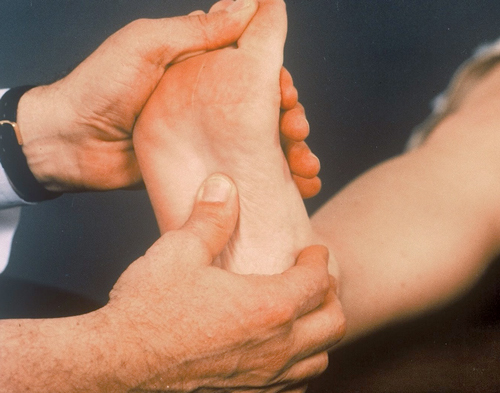 |
SYMPTOMS
Patients with plantar fasciitis often present with heel pain, usually occuring in the calcaneal area. Symptom of plantar fasciitis are more prominent when patients first get out of bed in the morning or when they stand after prolonged periods of rest.
Generally, the pain will subside after a few minutes. The type of pain varies between people and can range from dull aches to sharp specific pain, it can also be a constant or an intermittent pain.
The Cause
As indicated, excessive stretching of the plantar fascia is the cause of plantar fasciitis.
This can occur for a number of reasons:
• Over pronation (collapsed arches or flat feet) is the most common cause of plantar fasciitis.
• High arches (cavus feet) is also a common cause, as this type of foot is not good at absorbing shock. Therefore, the plantar fascia is exposed to increased stresses.
• Sudden increase in physical activity.
• Excessive weight on the foot (usually attributed to pregnancy or obesity).
• Poor and inappropriate footwear.
Injury Resulting
After periods of rest (sitting at a desk or sleeping overnight) and subsequent pain, the fascia contracts. When weight is put on the foot the fascia is again stretched, causing excess tension along its length.
This tension leads to small tears developing in the fascia near where it connects to the heel bone (calcaneus). In turn, this leads to an inflammatory process in the area.
Once the fascia is stretched fully the pain subsides, but by this point, the fascia can be re-injured and the inflammatory process continues.
TREATMENT OPTIONS
Stretching
Stretching is an integral part of the management of this condition. It is important that as the facsia repairs itself, it heals at the correct length. You can also minimise further irriation or damage of the facsia through controlled stretches when the patient first gets out of bed in the morning or after periods of rest.
The program should be completed a minimum of three times a day, each session talking less than 10 minutes. Two of these stretches are indicated for the calf muscles which are often tight in patients with plantar fascia. The other exercise is specifically for the plantar fascia itself. All stretches should be performed with both feet.
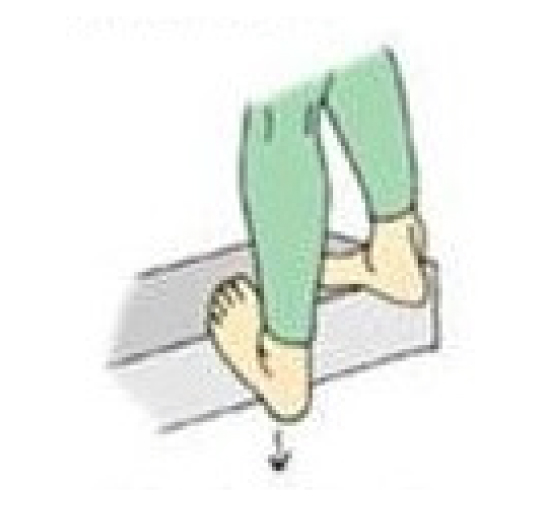 |
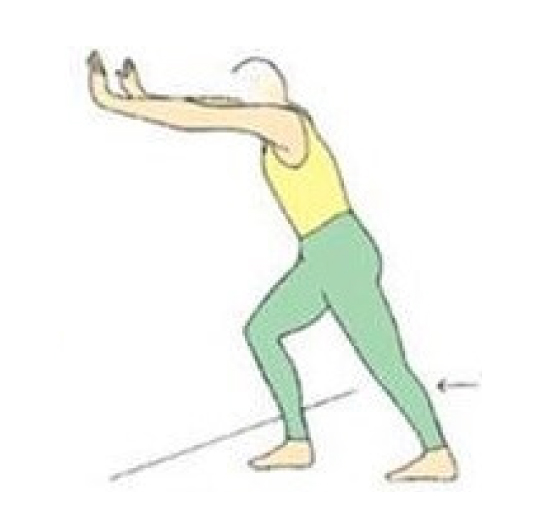 |
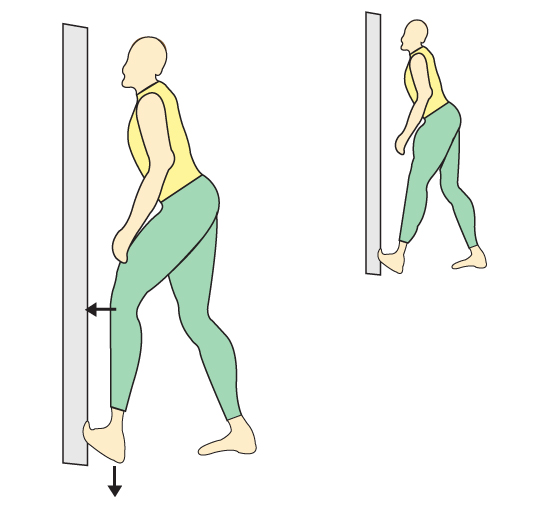 |
||
Stretch 1Have your patient stand with the balls of their feet on a step and slowly let their heels sink down. DO NOT BOUNCE! All of the patients movements should be slow and controlled. The patient should feel a stretch in their achilles tendon. The patient should hold this position for 20 seconds, then relax for 10 seconds. Repeat this exercise twice more. |
Stretch 2Have your patient stand facing a wall with both feet flat on the ground, facing directly towards the wall. One leg should be slightly in front of the other. Have the patient keep their back knee straight and both feet flat on the ground slowly lean in towards the wall until they are able to feel the stretch in the calf muscle. DO NOT BOUNCE All of the movements should be slow and controlled. The patient should feel a stretch in the calf muscle as well as the sole of the foot. The patient should hold this position for 20 seconds, then relax for 10 seconds. Repeat this exercise twice more. Swap legs and repeat process. Repeat this whole process, but this time bend the back knee during the stretch. |
Stretch 3Using a doorway, the patient will place one foot up against the door jam (as shown in the above picture). Then they should slowly bend the front knee and bring their hips (not their head) towards the wall. |
Silicone Heel Cushions |
||
| Heel cups/cushions are often used during the early stages of plantar fasciitis. They provide some cushioning for the plantar fascia and reduce impact forces transferred to the foot. (They are often used with cavus or high arched feet). Heel cups specifically designed for plantar fasciitis have a soft insert for the area where the plantar fascia attaches to the heel, which is often the location of heel spurs and pain. Due to the position of these reliefs the cups are made for specifically left and right feet. | ||
Foot Orthoses |
||
| Orthoses are often used to support the plantar fascia and control foot postures that lead to the stretching of the plantar fascia. With flat feet, the collapse of the longitudinal arch of the foot causes this stretch, in this instance a foot orthoses with a hind foot posting is indicated.
Traditionally, we use semi custom orthotic devices as they are easily manufactured, easily modified to incorporate cushioning under the plantar fascia. This type of orthoses also provides some shock absorption for the foot, unlike rigid style devices. A trained professional from oapl can assist you with choosing the correct option for your patient, if required. |
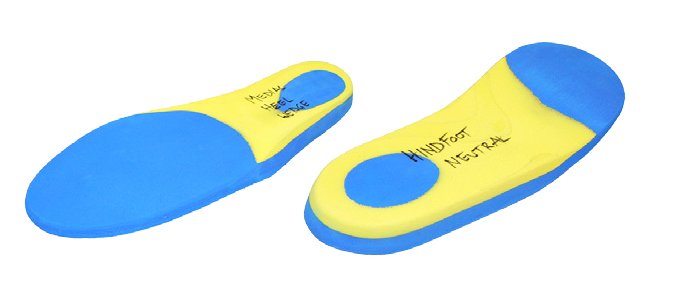 |
|
Footwear |
||
| Appropriate footwear for both work and everyday use is important in reducing the stress placed on your patient’s feet.
We can also supply you and your patients with a copy of our Footwear Guide and a list of footwear providers to assist in the area. |
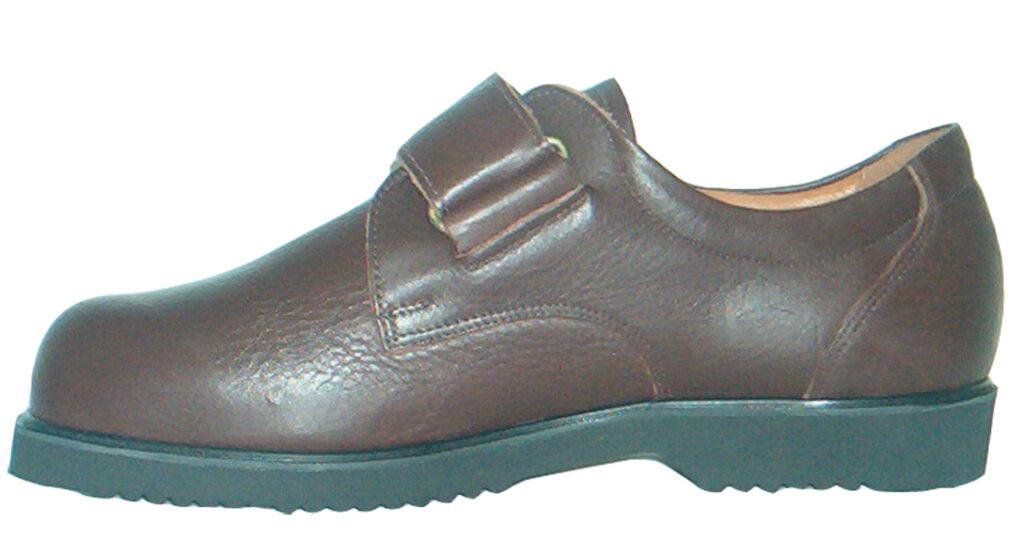 Gibson Therapeutic Gibson Therapeutic |
|
Plantar Fasciitis Sock |
||
| The new oapl Plantar Fasciitis sock is an easy to use, inexpensive yet highly effective device.
By keeping tension on the plantar fascia tissue at night it enables it to heal in a stretched position. Providing with a decrease in morning pain associated with plantar fasciitis, it can also help to decrease recovery time and reduce the need for other medications. By not allowing the plantar fascia to contract and holding the ankle and forefoot joints in a slight dorsiflexion, the oapl Plantar fasciitis sock prevents plantarflexion, reducing pain. In addition the involuntary stretching of the plantar fascia over a long period of time helps to strengthen the foot’s arch. The Plantar Fasciitis sock is a knitted tubular sock which fits over the calf. The two straps allow the foot to maintain a neutral slightly flexed position, resulting in a reduction or elimination of pain felt when walking in the morning. |
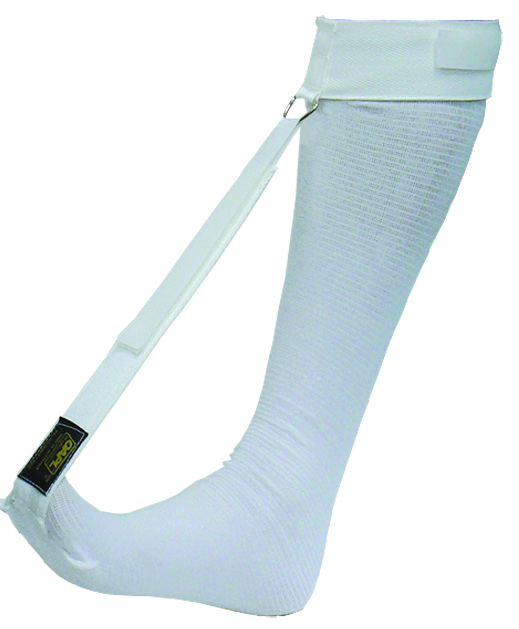 |
|
Night Splints |
||
| Night splint bracing may be used in some cases. This is usually when other treatments have not worked.
A night splint is a well padded device with side straps that are used to pull the foot up and maintain the plantar fascia length whilst you sleep. By preventing the fascia from contracting, it eliminates the sudden stretch/pain and aggravation of the fascia that most patients experience when getting out of bed.
|
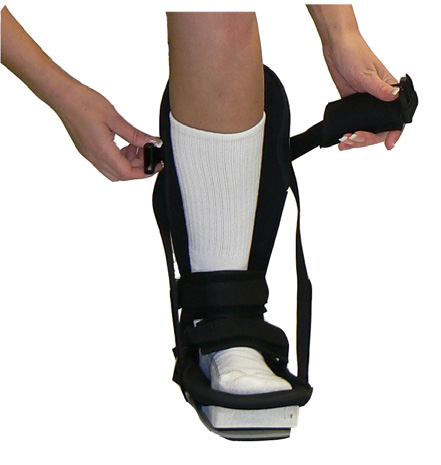 |
|
Pharmaceutical |
||
| Often physicians will prescribe their patients anti-inflammatory medication for the treatment of this condition. | ||
Note: Combined Therapy |
||
| It is important to recognise that the most successful therapy is a combination of treatment options.
It is imperative to ensure that the cause of the irritation to the plantar fascia is removed and it is allowed to heal at the correct length to prevent a reoccurance of the problem. |
||
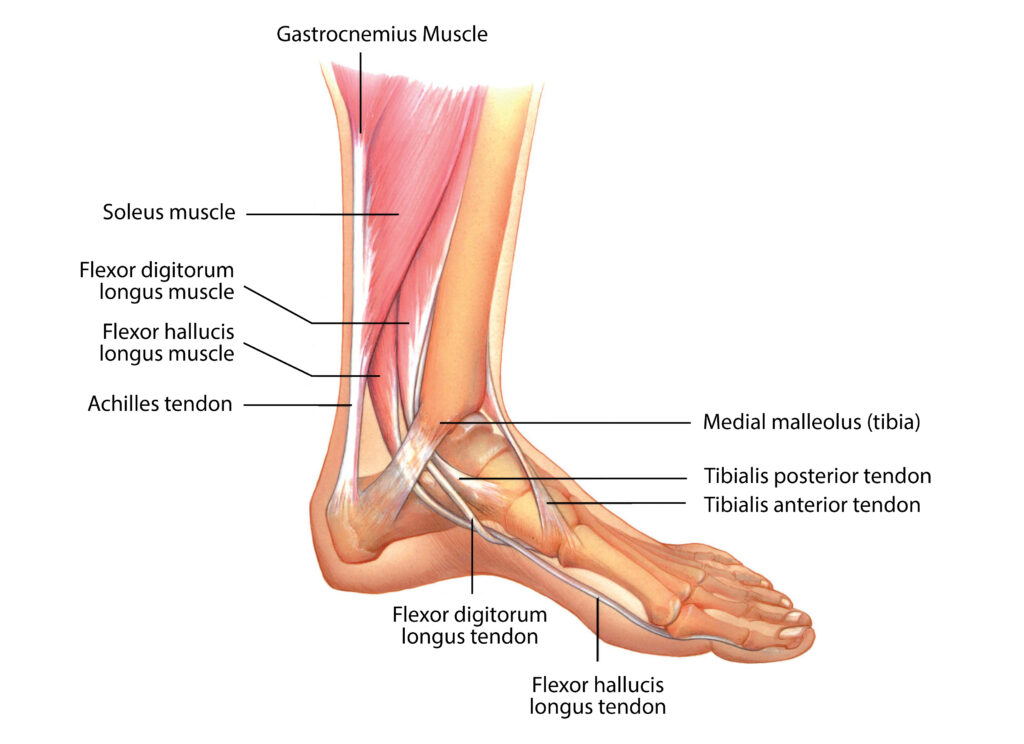 |